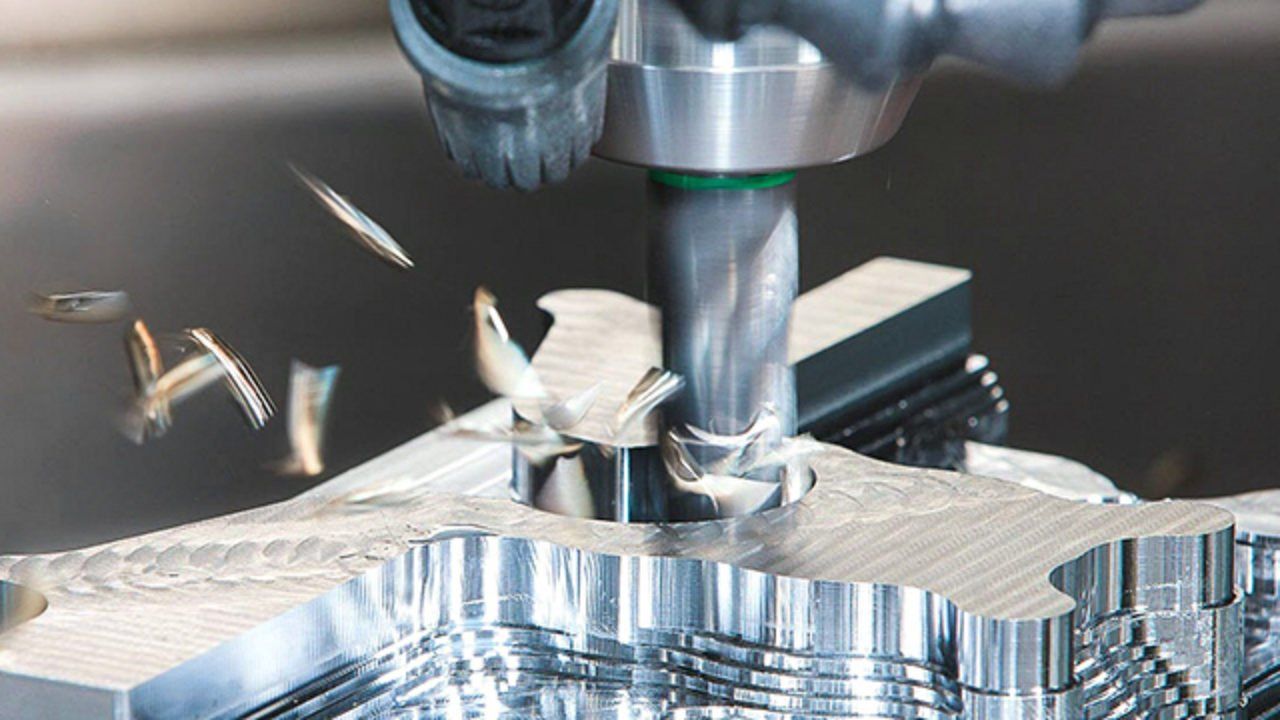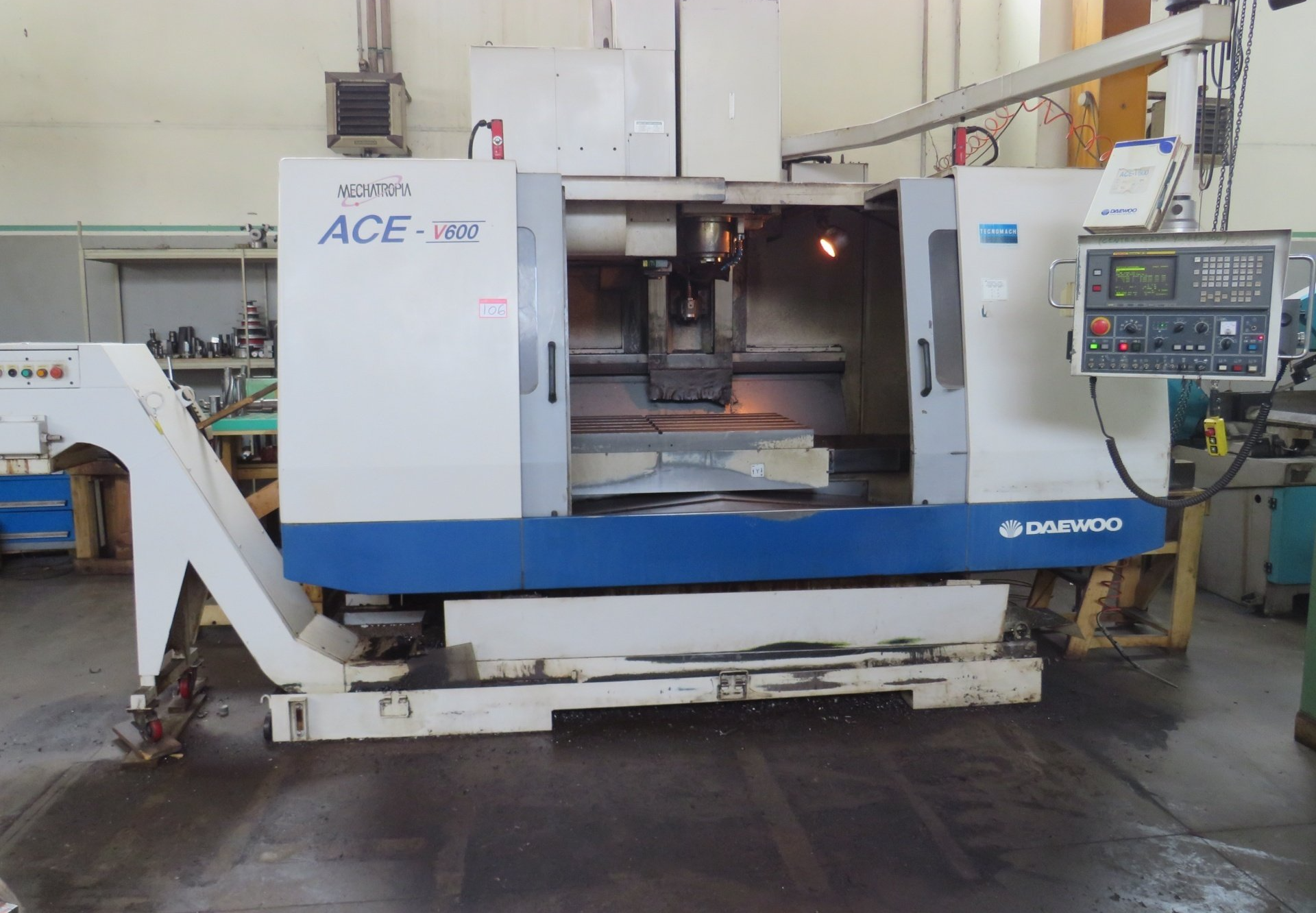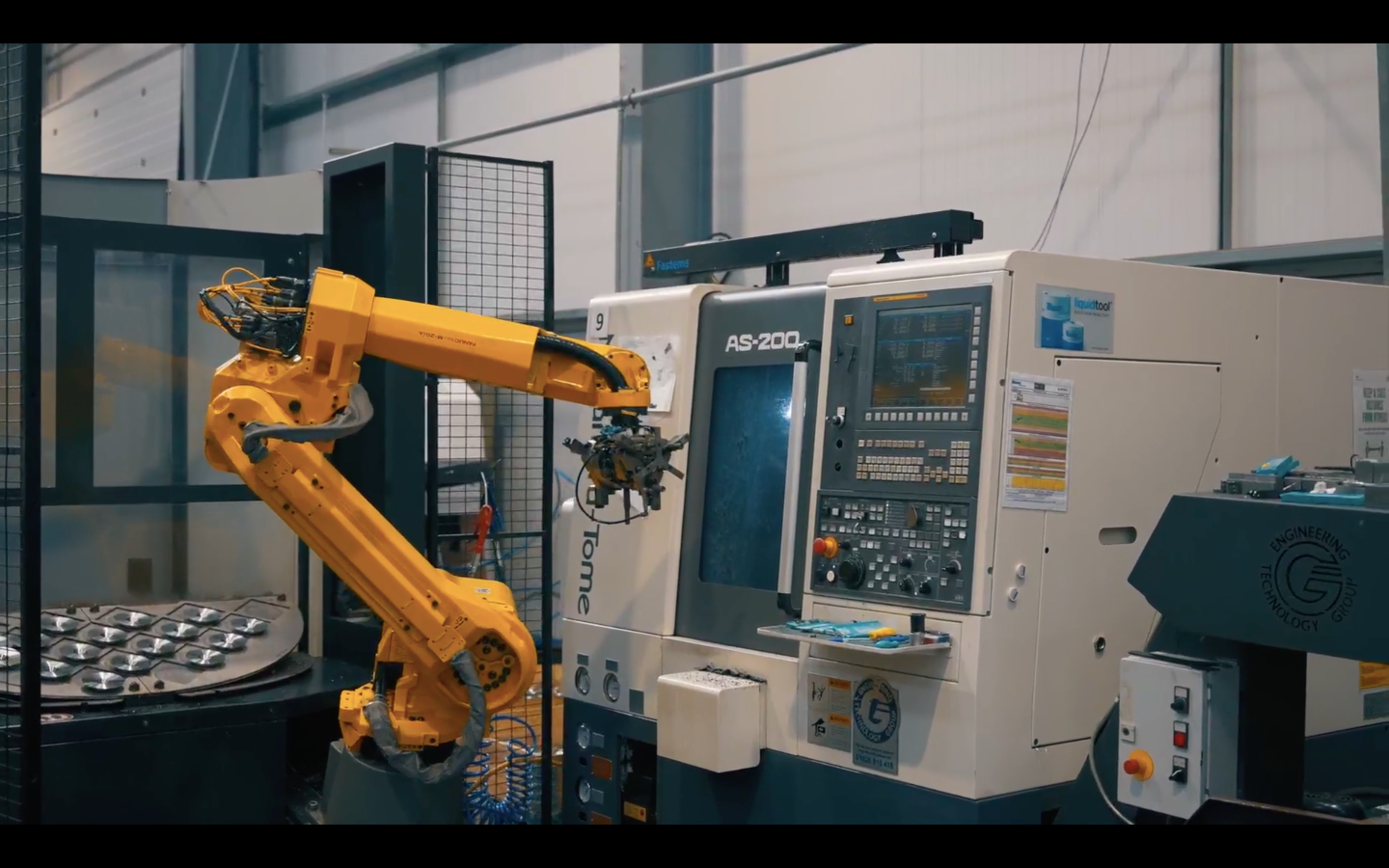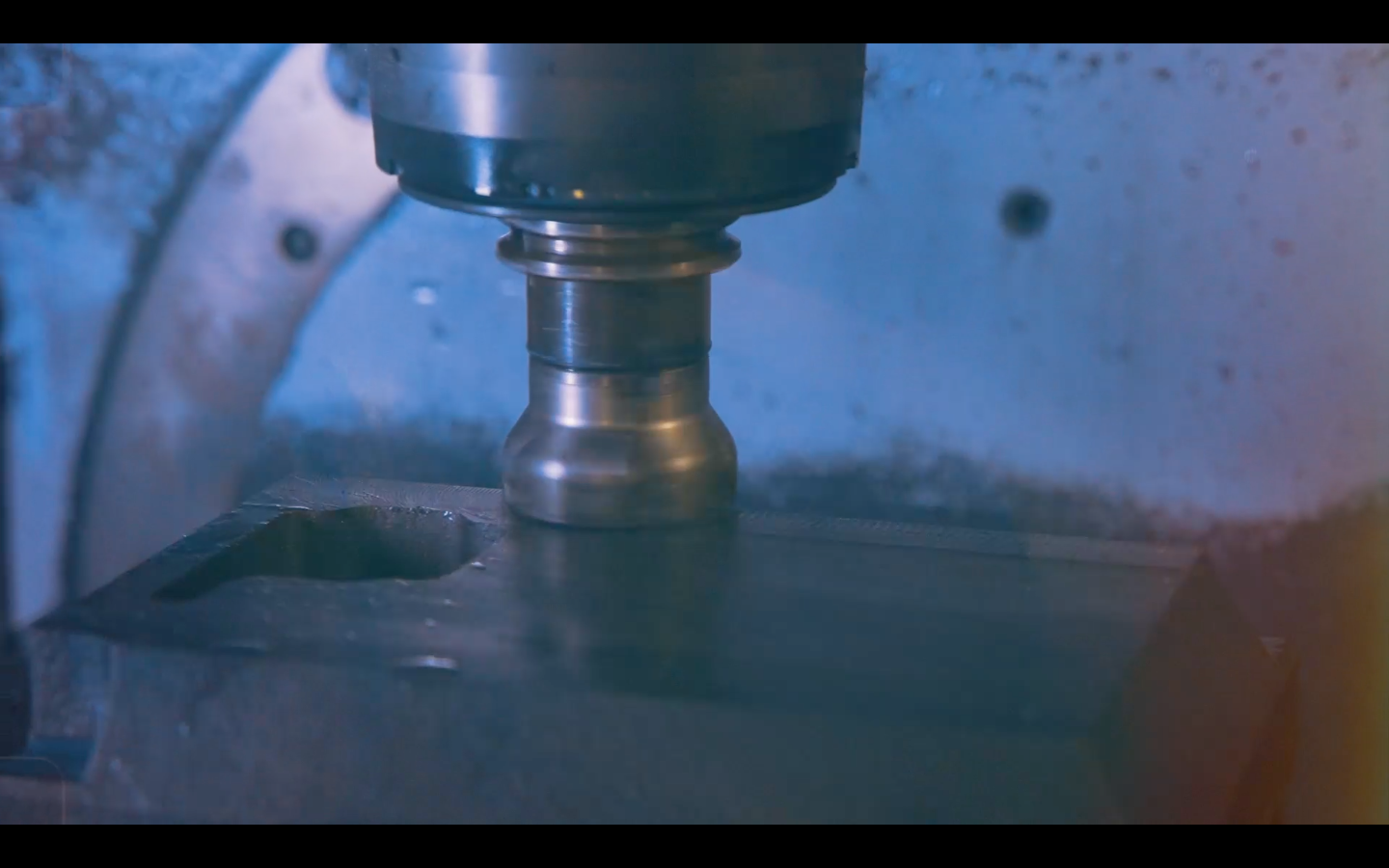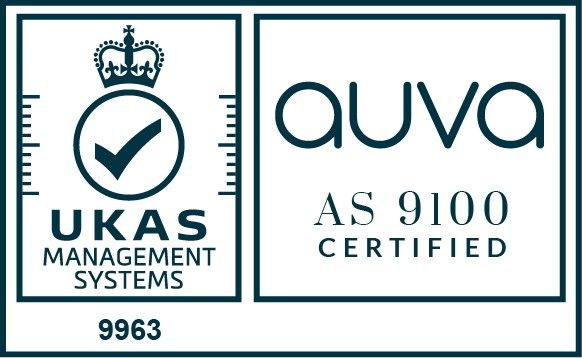~ What is feed rate in CNC machining? ~
CNC machining is a process widely used within manufacturing where a metal piece is cut away from until the desired shape is achieved. This is called subtractive manufacturing, where a block of material is sheared and shaped, rather than added to in order to create the finished piece. For a CNC machining production run to be successful, the operator must understand the feed rate and cutting speed of the CNC machine, whilst also knowing the shearing capability and material being worked with. Although the process is driven by a computer and automated once in motion, this is a crucial part to the planning and set-up.
What is feed rate?
The feed rate of a CNC machine is the distance the cutting tool travels when looking at one spindle revolution. This is taken alongside the velocity at which the cutter is advanced against the workpiece. To think of it in a simple way, the feed rate is how fast the machine moves the router through the material during the cutting process. Feed rate is measured in units per minute.
Why is feed rate important?
The feed rate has a big impact on the effectiveness of the project, and will vary depending on the cutter being used, the material being shaped, and other factors. Feed rate will have a direct impact on the safety of the machine and project, the productivity of the project, the part quality and the finish of the surface. Over time, the feed rate will also have an impact on the wear of the CNC machine and its components. If you consider that the cutter is engaged at a high speed with the material and must go quickly from cutting at speed along a linear path, before stopping dead with precision to turn a corner and change direction before picking up speed again. This increases torque loads on the machine, and it is only natural that this would add to wear and tear factors on the CNC machine and components over time.
Factors to consider with feed rate
There are a few different factors that need to be considered when looking at the feed rate of a CNC machine. This includes:
The type of tool – The type of tool that is being used to cut the material must be suitable to cut said material.
What surface finish is required? – The roughness of the surface will increase as the feed rate increases. This means that to get a smooth finish on the material being worked on, the feed rate must be slowed down.
TPI – TPI (or thread per inch) is an important metric, one that is proportional to the feed rate. As the thread pitch of the screws being used increases in range, the feed rate increases.
The width of the cut – The chip may thin when the cut width is less than half diameter. To minimise the risk of this occurrence the feed rate must increase.
What is the cutting speed?
Cutting speed is something that shouldn’t be confused with the feed rate. They do work simultaneously, but they are not referring to the same thing. Cutting speed is the speed at which the tool cuts the workpiece, whereas the feed rate is the distance travelled by the tool in one revolution of the workpiece. Cutting speed is also referred to as the surface speed, as the relative velocity between the surface of the workpiece and the cutting tool. There is an optimum cutting speed that matches the conditions between specific machining conditions and specific materials.
Factors to consider with cutting speed
The optimum cutting speed must be found, as this improves the entire efficiency of the CNC machining process. This can be achieved through a few important factors, such as:
The material being cut – The choice of cutting tool will depend on the material being used. For instance, a CNC lathe is compatible with different materials such as wood, glass, metals, and others, with different levels of thickness and hardness. A material that is too soft will lead to a cutting tool cutting with high speed and accuracy, with a lower cutting speed required for harder materials.
The material of the cutting tool – Similarly, there are different types of cutting tools that can be used on a CNC machine. This can be made from hard or soft materials, with the optimum found by thinking of the strength of these materials and the speed required relating to the specific material of the workpiece. High-strength material for the cutting tool is useful for high-speed cutting, with a softer material used for low-speed cutting.
The life cycle of the tool – The lifecycle of the tool is important, as this is the period in which the cutting tool works at its optimum level. Once this has passed, the accuracy and cutting speed will begin to diminish.
What is feed rate optimisation?
Feed rate optimisation is important, as it is a way to maximise the efficiency of the entire project and operation. It can help to preserve the CNC machine for a longer period of time, at an optimal level of performance. It allows you to set the distance before the corner to start feed rate reduction and to smooth the process of the cutting tool slowing down before turning a corner and getting back up to speed. Too low a feed rate can produce vibration, chatter and work hardening, along with poor surface finish and cutter failure. Too high a feed rate can cause chatter, vibration and unsafe conditions. Optimisation leads to safer and more effective conditions.
Is there any other important terminology to understand?
Here are a few more pieces of terminology to be aware of.
Slew rate – This is also referred to as rapid speed. It is the speed at which the machine moves between cuts. The slew rate is commonly set as high as it can be, to help reduce downtime between cycles and to improve efficiency.
Plunge rate – This is the speed the router is plunged (or driven down) into the material at the point where the cut is first beginning. The ideal plunge rate will be different depending on the bit being used and the material that is being cut, but you should never plunge too quickly, as this is more likely to cause damage to the cutter tip.
Spindle RPM – The spindle speed (or RPM) is the rate at which the spindle revolves during the cutting process. It should always be set to an appropriate value that relates to the tool being used and the material being worked on. If you cut at a feed rate that is too low or a spindle RPM that is too high, the router can be at risk of overheating, which can lead to the workpiece melting or burning.
There are more factors than just the feed rate and cutting speed that will have an impact on the efficiency of the CNC machining process and your specific projects. By working with experts in the field, these are not worries that you need to consider, as you’ll have the guidance and set-up to ensure optimal performance from your CNC machine.
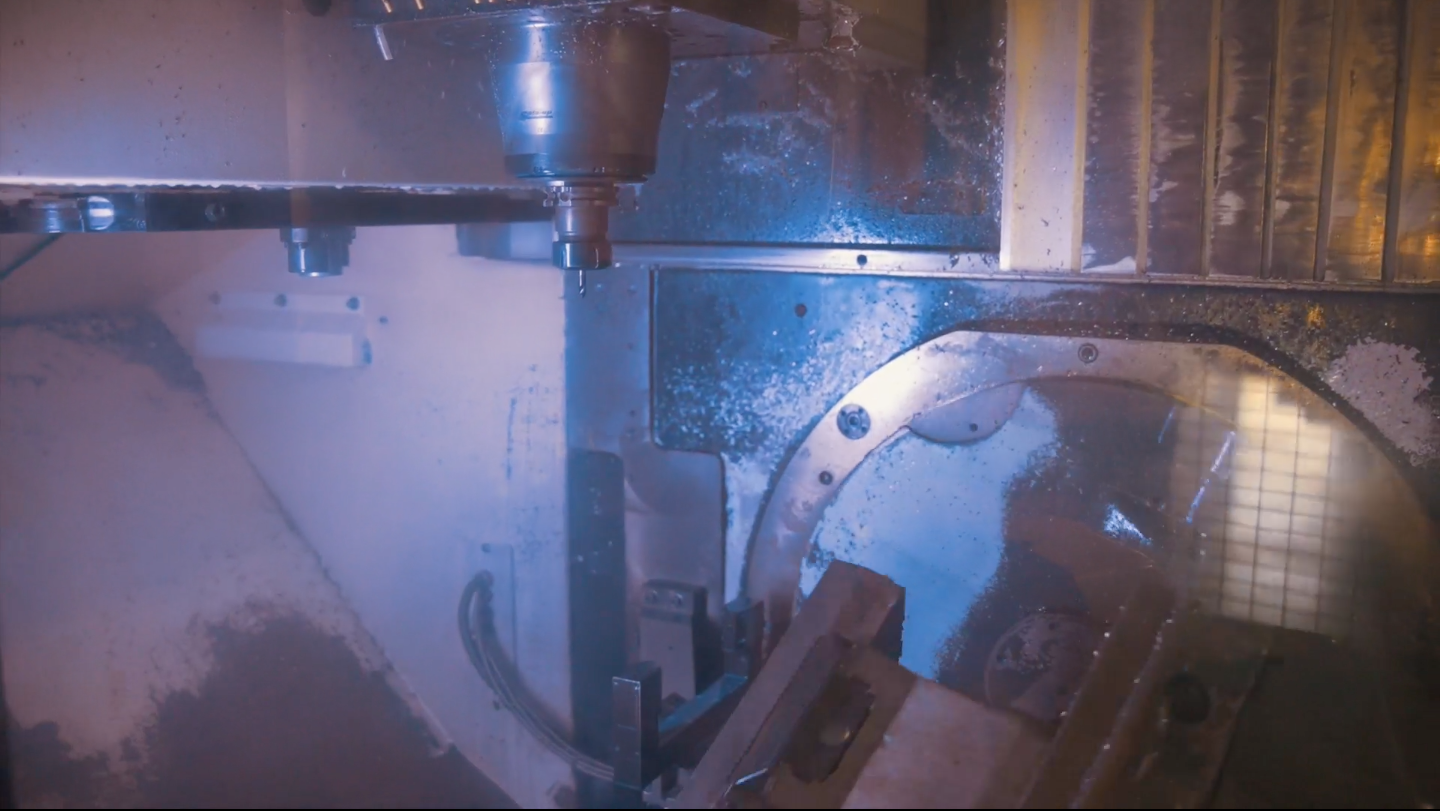
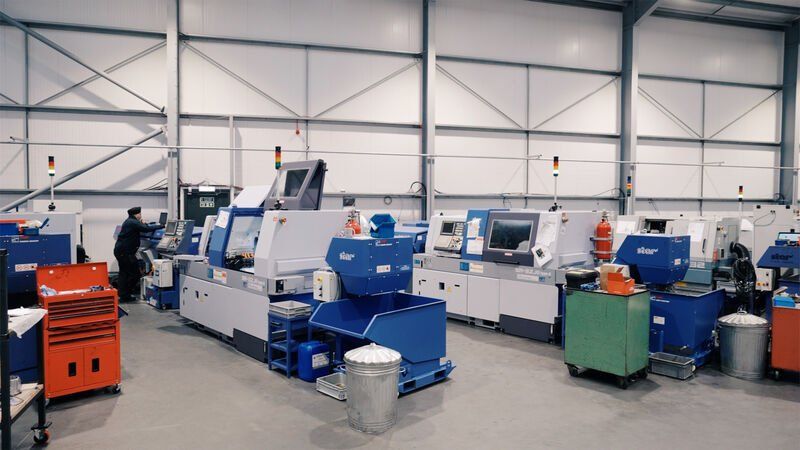
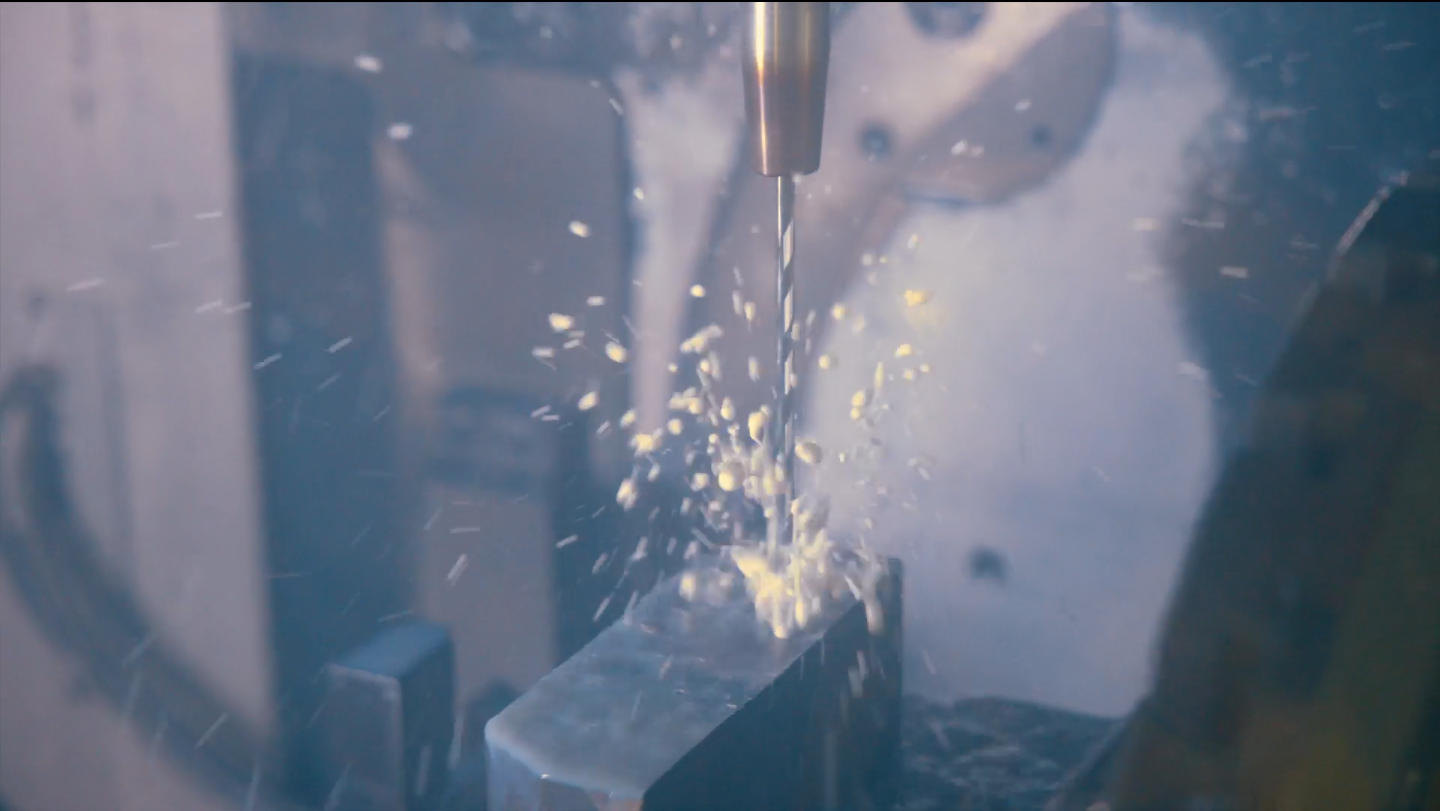
Rotec Aerospace Limited, Enterprise Way, Vale Business Park, Evesham WR11 1GS United Kingdom
Phone: 01386 424111
Email: Info@rotec-ltd.com
Office Hours :
Mon-Fri : 7:30am - 5pm


